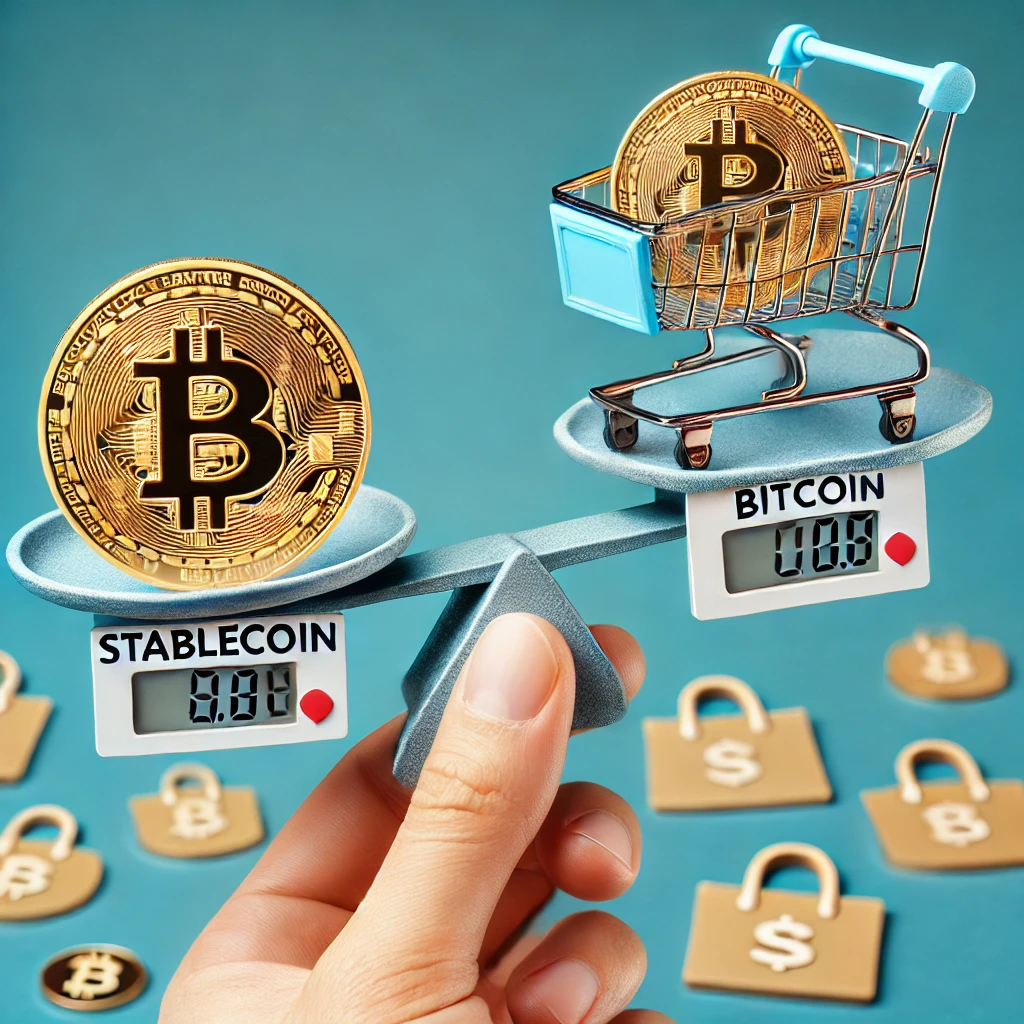Understanding Tokenization and How It’s Used in Blockchain E-Commerce
As e-commerce continues to evolve, new technologies are enhancing the way people buy, sell, and own products online. One of the most exciting developments is tokenization—a blockchain technology that enables digital ownership of assets, making it possible to buy and sell unique digital items as easily as physical products. So, what is tokenization, and how does it work in e-commerce? Let’s explore how this technology is transforming online shopping and why it matters for both businesses and consumers.
What is Tokenization?
Tokenization is the process of converting ownership rights of an asset (digital or physical) into a digital token on the blockchain. Each token represents a specific asset, like a piece of digital art, a share in a property, or even a unique product on an e-commerce platform. These tokens are stored and tracked on the blockchain, making them secure, traceable, and impossible to duplicate.
In simple terms, tokenization allows people to own, trade, and sell digital items as unique assets. Unlike traditional digital files, which can be copied or shared, tokenized assets have verified ownership, providing a new level of security and authenticity.
How Does Tokenization Work?
Tokenization involves creating a unique digital identifier (a token) that represents ownership of an asset. Here’s how it works:
- Asset Creation: The asset is created or digitized, whether it’s a digital artwork, a piece of music, or a special e-commerce product.
- Token Creation: The asset is then “tokenized,” meaning a unique digital token is created on the blockchain to represent ownership of the asset. This token is stored on a decentralized ledger, ensuring it’s tamper-proof and traceable.
- Ownership and Transfer: Once tokenized, the asset can be bought, sold, or traded on compatible platforms. Ownership transfers are recorded on the blockchain, allowing anyone to verify the history and authenticity of the token.
This process allows for secure, transparent transactions, making it ideal for e-commerce, where trust and traceability are key.
Benefits of Tokenization in E-Commerce
Tokenization brings several advantages to the e-commerce industry, enhancing security, ownership, and customer engagement:
- Digital Ownership and Authenticity
Tokenization allows customers to own unique digital items, whether it’s a limited-edition product or a collectible digital asset. Because ownership is recorded on the blockchain, it’s easy to verify authenticity, giving consumers confidence that their purchase is legitimate. - Enhanced Security and Traceability
Blockchain technology makes tokenized assets secure and traceable. Transactions are recorded on a decentralized ledger, ensuring that ownership history is transparent and tamper-proof. For high-value items or exclusive products, tokenization adds a layer of protection that traditional e-commerce lacks. - New Revenue Streams for Businesses
Tokenization allows businesses to create unique, limited-edition items that appeal to collectors and brand loyalists. By offering tokenized products, companies can attract new customer segments and create additional revenue streams, such as resales or royalties on secondary markets. - Seamless Cross-Border Transactions
Tokenized assets can be easily transferred across borders without the need for currency conversions or complex legal agreements. This simplifies international e-commerce, making it easier for customers worldwide to access and own digital products.
Real-World Examples of Tokenization in E-Commerce
Several brands are already using tokenization to enhance their customer experience:
- Nike’s Cryptokicks: Nike patented a system to tokenize sneakers on the blockchain, allowing customers to “breed” new sneaker designs or authenticate ownership. This system lets customers collect and trade digital representations of Nike products, adding a unique, engaging element to the shopping experience.
- Louis Vuitton’s Aura Blockchain: The luxury brand Louis Vuitton uses blockchain tokenization to guarantee the authenticity of its high-value products. By issuing a token for each item, Louis Vuitton allows customers to verify their purchase history, enhancing trust and transparency.
These examples illustrate how tokenization can create a more secure, immersive shopping experience, appealing to customers who value authenticity and exclusivity.
Tokenization and the Future of Digital Ownership in E-Commerce
Tokenization is still an emerging technology, but its potential impact on e-commerce is significant. As blockchain adoption grows, we may see tokenized ownership become a standard in digital transactions, allowing for secure ownership of both physical and digital assets. Tokenization could also pave the way for new shopping experiences, such as virtual product showrooms or digital-only product releases.
For businesses, tokenization offers a way to stand out in a competitive market. By creating tokenized, limited-edition products, brands can attract tech-savvy customers and build stronger connections with their audience. As tokenization continues to evolve, it’s likely to shape the future of e-commerce, making digital ownership as meaningful as owning a physical product.
Conclusion
Tokenization is transforming the way we think about ownership in e-commerce. By allowing secure, verified ownership of digital and physical assets, tokenization opens up new possibilities for customers and businesses alike. As this technology becomes more widely adopted, tokenization has the potential to redefine online shopping, making it more secure, engaging, and innovative than ever before.




